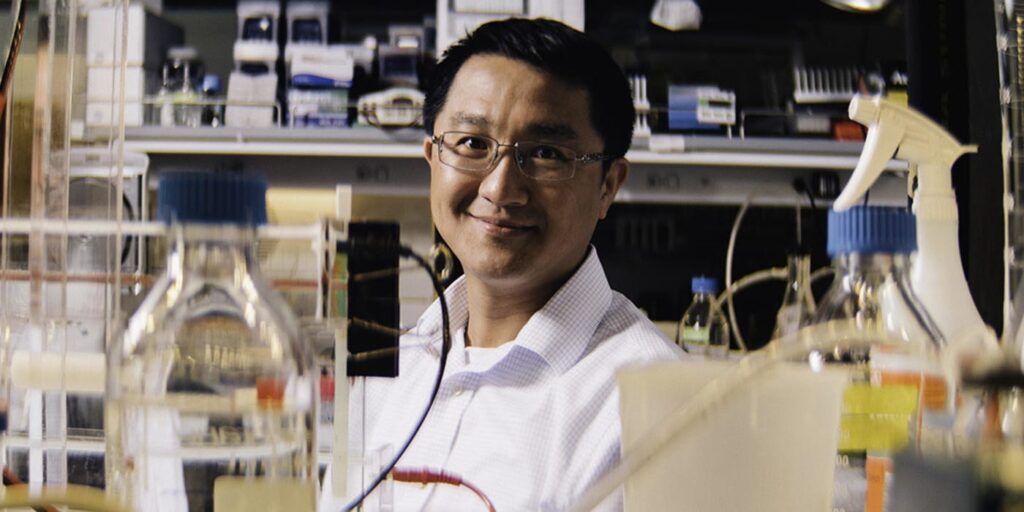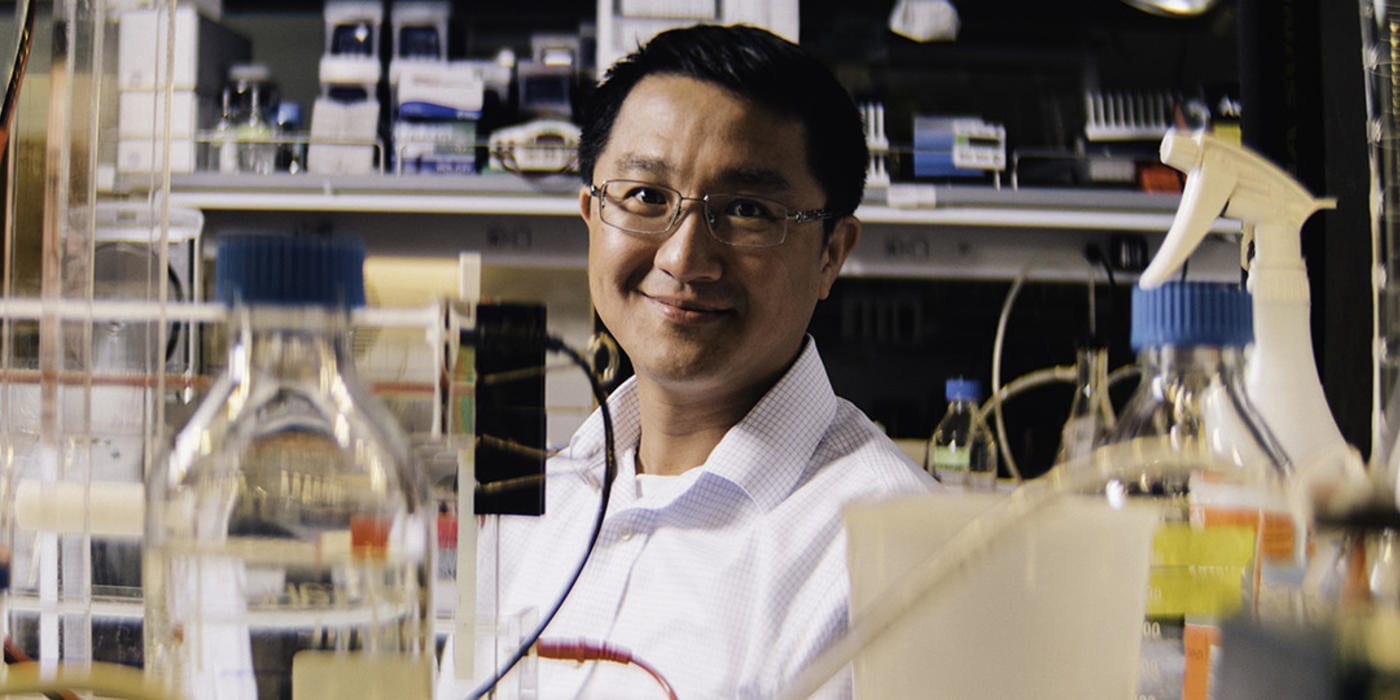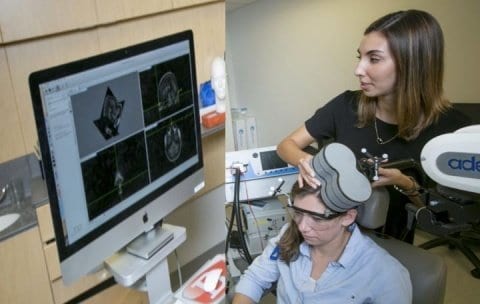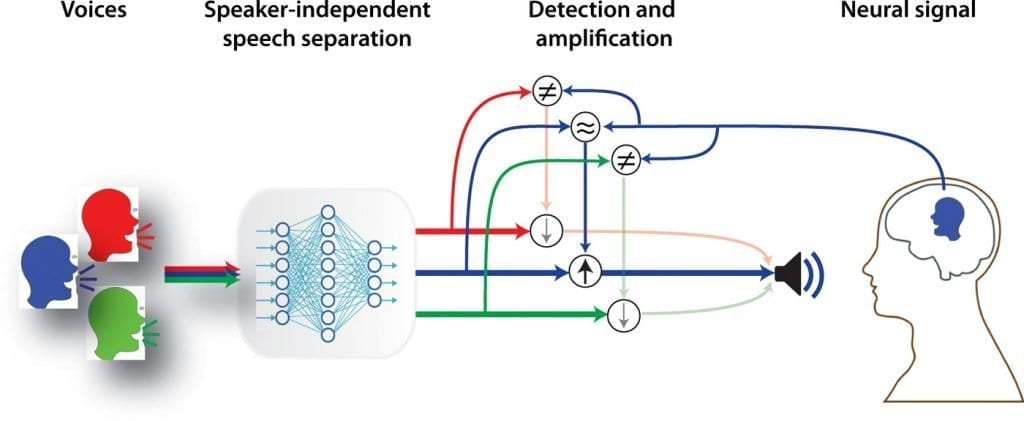
Researchers at The Wistar Institute and the University of South Florida have advanced a novel compound that specifically targets the endoplasmic reticulum (ER) stress response that is frequently hyperactivated in cancer and promotes survival of cancer cells during stressful conditions. The new compound has unique chemical properties that allow for precise activation and can be used for tracking its activity in vivo thanks to the emission of fluorescence.
Research was published online in the Journal of Medicinal Chemistry.
The ER is a cellular structure that oversees protein folding and assembly, and it activates stress response mechanisms in response to the accumulation of misfolded proteins or other stressful conditions, including low oxygen.
“Certain cancers rely on the protective role of the ER stress response to sustain their growth in stressful environmental conditions,” said Chih-Chi Andrew Hu, Ph.D., associate professor in Wistar’s Immunology, Microenvironment & Metastasis Program, and co-lead author on the study with Juan R. Del Valle, Ph.D., from the University of South Florida. “We and other groups showed that genetically and pharmacologically targeting the ER is a very effective way to attack various tumors.”
The Hu lab has been actively advancing a research program for development of compounds to block vital functions of the ER stress response, specifically inhibitors of the IRE1 protein that senses the ER stress and responds by activating a cascade of cellular events. In addition to inducing tumor cell apoptosis, these compounds activate antitumor T-cell function and inhibit tumor-associated immunosuppressive cells in vivo in mouse models, resulting in tumor shrinkage.
“This class of inhibitors has shown therapeutic promise in several cancer types, including chronic lymphocytic leukemia and Burkitt lymphoma,” said Hu. “Therefore, we are very interested in advancing them to the clinic.”
In this study, through a series of chemical modifications, Hu and collaborators created a molecule called PC-D-F07 that is pharmacologically inactive and requires UV irradiation to be “turned on” and converted into the active D-F07, which is a very potent inhibitor of IRE-1 function.
The novel prodrug strategy enhances the efficacy of IRE-1 inhibitors and allows fine control of their activity at a precise time and location by UV irradiation. Importantly, once active, D-F07 emits fluorescence that can be tracked in cells and potentially in vivo, providing a real-time therapy readout. This new strategy for stimulus-mediated release of pharmacological activity provides a promising platform to target the ER stress response for anticancer therapy and for developing other potent inhibitors.
Learn more: Enhanced Anticancer Compound May Allow for Precise Activation and Tracking of Treatment
The Latest on: Cancer treatment
[google_news title=”” keyword=”cancer treatment” num_posts=”10″ blurb_length=”0″ show_thumb=”left”]
via Google News
The Latest on: Cancer treatment
- Prince William 'leaning on unlikely ally' amid Kate Middleton cancer treatment, expert claimson April 27, 2024 at 7:32 am
Prince William has had an 'unlikely ally' that he has been able to lean on, a royal expert has claimed, as his wife Kate undergoes a course of preventative chemotherapy
- Isabella Strahan Gives Brain Cancer Treatment Update After Unexpected Surgeryon April 26, 2024 at 4:30 am
Michael Strahan’s daughter Isabella Strahan shared a health update amid her ongoing brain cancer battle. She revealed her medulloblastoma diagnosis in January.
via Bing News











